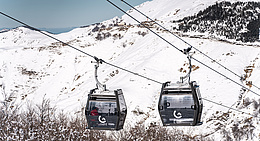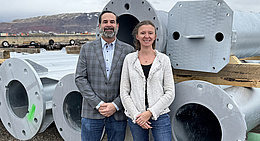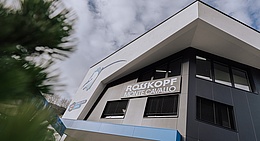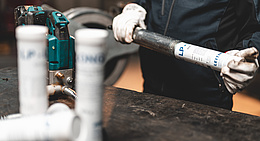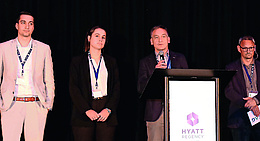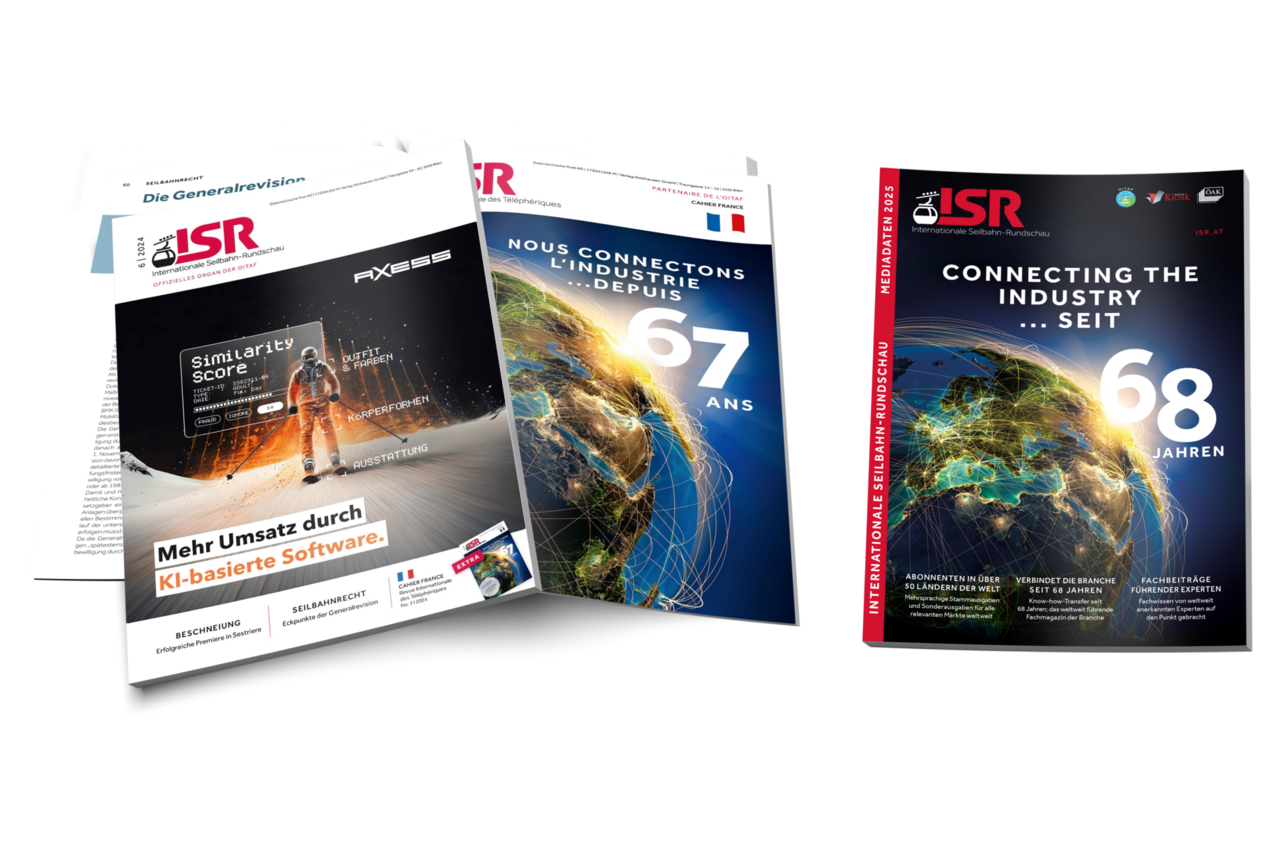The first thing you notice when you arrive at the headquarters of the BMF Group in Flums, Switzerland, is the new visitor and office building, which was opened at the beginning of 2015. It accommodates the various departments like back office, general and project management, engineering and R&D. The interior is an open design, with lots of glass in addition to metal and wood. The focus is on transparency and short distances. For signing contracts, the new building even has a room furnished in the style of an alpine hut. The meeting rooms combine simple elegance with comfortable furnishings. It was in one them that ISR was recently able to conduct an interview with CEO Martin Benkler and Dr. Adrian Beer, Sales and Marketing Manager.
ISR: The BMF Group was been active for over fifty years in the fields of ropeway engineering, leisure park facilities, mechanical engineering and metalworking. How important is ropeway engineering within your product portfolio today?
Martin Benkler: Ropeway engineering accounts for about 50 % of our business, and we want to keep it at that level. Out of a total of 380 employees in the group as a whole, about 300 to 350, depending on the state of the order books, are involved in ropeway production. Our activities also include mechanical engineering in general. We have a clear commitment to further expand the labor force. In that context we have had a strong focus on apprentice training for many years now. We currently have 34 apprentices, and that figure is to be increased to a maximum of 40.
ISR: To what extent has your company benefitted from the acquisition of Gangloff Cabins AG?
Martin Benkler: It means we now have a full range of products and a competence bundle that permits us to offer our customers one-stop shopping in the field of ropeways. The move has also enabled us to develop our new Porsche-designed panorama cabin for gondola ropeways, which we unveiled to a wider audience at Interalpin 2015 in Innsbruck. Our “Swiss wedding” with Gangloff Cabins AG met with a very positive response in the international ropeway industry on the grounds that customers now have more choice.
ISR: What are the main trends in the ropeway industry at the present time?
Adrian Beer: Passengers don’t simply want to use a ropeway to get from A to B; they want to have as comfortable a ride as possible and to enjoy the aerial transportation experience. So there is growing demand for spacious interiors, all-round glazing, elegant and comfortable seats like our Porsche seats, which are designed by Porsche Design Studio of Zell am See (and have been on the market since 2012 - ed.), dampened cabin suspension and a full infotainment offering. That includes info screens, music, wi-fi, charging points for mobiles, heating, air-conditioning or special lighting design. We offer a modular system that caters for individual customer needs. As in the car industry, the configuration options ensure you get just the product you want. This philosophy is also applied to the new panorama cabin designed by Porsche Design Studio. It currently has a capacity of eight to ten passengers and will be making its debut in the coming winter season on the new Churwalden – Heidbüel gondola ropeway, which is being built as a replacement for a chairlift for Lenzerheide Bergbahnen AG. In addition to an attractive interior, more and more attention is now being paid to the aesthetics of the cabin exterior, too. The cabin is increasingly being cast in the role of a calling card for the region. That makes unique looks important in modern cabin design. Off-the-peg solutions are still selling, of course, but not as well as they used to. The design aspect is also becoming increasingly important for the overall ropeway system, including the terminals. This development is very much in our favor, as innovation is one of our strengths.
ISR: How satisfied are you with the way business is developing?
Martin Benkler: Very satisfied. This year we are again building a number of innovative systems, including an urban transportation solution for Brest, one of the French navy’s main ports. In the last few years the municipal authority has taken over responsibility for an extensive built-up area on the Plateau des Capucins, which is separated from the city itself by the River Penfeld. To solve the problem of access, we are working on a reversible tramway system, which is due to open in 2016. The ropeway is a bicable system with the unusual feature that the cabins (60 passengers each) travel on lines located one above the other instead of next to each other. That saves a lot of space for the lines and also reduces the footprints of the terminals. This is our first urban ropeway project in France. The reversible will have fully automatic operation and will be integrated into the public transportation network operated by SEM du Tram. Also in France, we are supplying a reversible with 15-passenger cabins in Les Arcs and an inclined elevator in Chamonix. In Switzerland, too, we are building several installations, including two new chairlifts for the Corvatsch, one in Lenzerheide, one on the Pizol and one for Oberalp Calmut. Apart from that, we are also working on a number of very exciting projects, but we are not revealing the details at the present time.
ISR: What is the role of urban transportation within your corporate strategy?
Martin Benkler: Urban transportation is a big market for us, and it is going to get even bigger. In addition to Brest, we are currently handling other contracts in this field: an urban pulsed gondola ropeway in Lithuania (2015) that will connect a leisure park in the city with the Snow Arena indoor skiing center on the other side of the river, and a reversible in the Mexican city of Puebla (2015), which will also connect with the public transportation system. People have started to recognize the merits of ropeway systems as a flexible solution in the urban space.
Adrian Beer: The engineering is the same, but there are sill problems in some countries with regard to the relevant legislation and political will. These are processes that have to be moved forward step by step. Then there are questions relating to maintenance and servicing, which still need to be clarified. They are important, as the number journeys is much higher in the case of public transportation systems.
ISR: Have you any more innovations in the pipeline?
Adrian Beer: For short installations, i.e. compact ropeways, we have developed an intelligent system, which comes at a very attractive price for operators. That means small ski areas can also invest in modernization programs. This circulating ropeway system, which we have developed ourselves, will be making its debut in Switzerland next year. We are also in the process of developing new components for safety features and monitoring systems.
ISR: What share of the ropeway market are you hoping to achieve at the national and international levels?
Martin Benkler: Our goal is a 10 % share of the world ropeway market at least, and we are now close to reaching that goal. We don’t want to grow too quickly, though, but rather step by step. Our business is on a very solid footing, and we want it to stay that way.
ISR: Thank you for the interview!

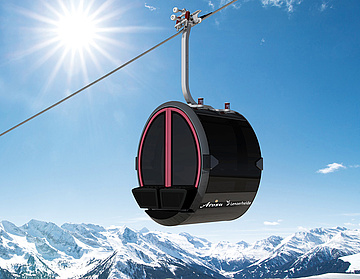
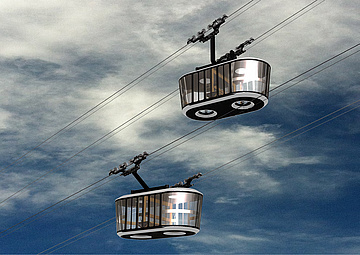
![[Translate to English:] Foto: Leitner](/fileadmin/_processed_/a/8/csm_Vertragsunterzeichnung_Narvik_6_copyright_LEITNER_print_501f2d5c24.jpg)
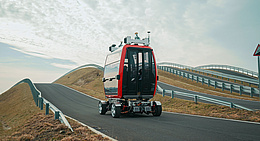
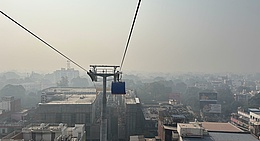
![[Translate to English:] (c) Doppelmayr](/fileadmin/_processed_/b/3/csm_85-ATW_Stechelberg-Muerren_Lauterbrunnen_CHE_001_6442c0520d.jpg)

